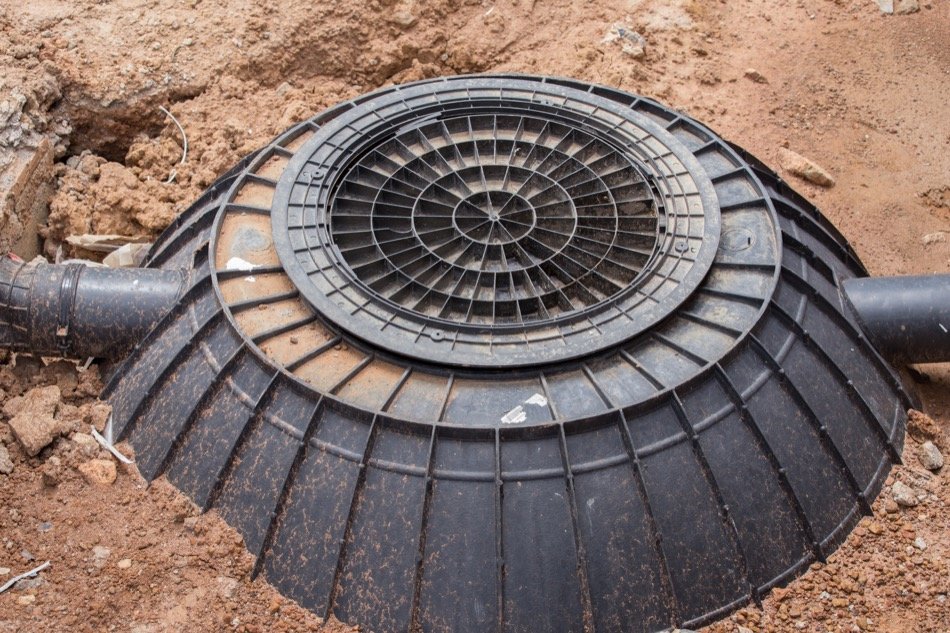What to Know About Buying a Home With a Septic Tank
Posted by Justin Havre on Tuesday, July 2nd, 2019 at 11:34am.
 Many homes, particularly those in rural areas, still use septic systems to treat wastewater from the home. It's important to know the difference - especially if a home buyer is considering purchasing a home with a septic system. A septic system is a self-contained wastewater treatment system that uses microbes to break down material. Septic systems consist of four main components:
Many homes, particularly those in rural areas, still use septic systems to treat wastewater from the home. It's important to know the difference - especially if a home buyer is considering purchasing a home with a septic system. A septic system is a self-contained wastewater treatment system that uses microbes to break down material. Septic systems consist of four main components:
- The Pipes from the home. This carries the wastewater out and away from the home.
- The Tank. The septic tank holds the wastewater underground while it breaks down.
- The Drain field. Partially treated wastewater is pushed down into the drain field as more wastewater enters the septic tank.
- Soil. The soil performs the final cleaning of any remaining contaminants, viruses, and bacteria.
When maintained properly, a septic system can last for decades. Since replacing a septic system is an expensive proposition, proper maintenance is much more cost-effective.
What Goes Down Drains, Goes Into the Septic System
It is important for homeowners to remember that everything that goes down toilets, drains and the kitchen disposal will end up in the septic system. This includes laundry and dish soaps, bleaches, shampoos, and disinfectants, all of which can negatively impact a septic system's performance. Large families should spread washing loads of laundry over multiple days to not overwhelm the system. Use of septic friendly detergents and minimizing use of the kitchen sink disposal can also help. The septic system uses gravity to separate materials and bacteria to break it down. Soaps and bleaches are harmful to this helpful bacteria. Septic-friendly, single ply toilet tissue can also improve the performance of your system. Avoid placing anything that is not biodegradable down the drains.
Inspect and Pump
Inspecting the septic system and having it pumped occasionally will extend the life and improve the performance of a septic system. Heavy materials will settle down into the bottom of the tank and will need to be physically removed by pumping. Systems and drain fields should be professionally inspected every three to five years and tanks should be pumped on a similar schedule. Of course, the more people who live in a home, the more likely it will need to be pumped more frequently.
Monitor Water Use
Since everything that goes down drains goes through the septic system, the more water that is used, the bigger strain is put on the system. Homeowners with septic systems will want to quickly repair leaks, consider low-flow toilets and use water-efficient shower heads. When replacing water using major appliances like dishwashers and washing machines, compare water-efficient models.
Hot Tubs and Septic Systems
Septic systems were not designed to handle the amount of chemically treated water in hot tubs and pools. This water should be properly drained into the lawn or garden areas. Make sure pool or hot tub water is disposed of according to local regulations.
Caring for the Drain Field
Since deep, heavy roots can negatively impact a system and its drain field, grass should only be planted near a septic system. Water draining from the roof should not be directed to the drain field area and be careful not to compact the soil by parking on or near the drain field. Keep drain fields from flooding.
Good for the Environment, Good for Your Wallet
Keep in mind many communities have local regulations regarding the inspection and maintenance of septic systems. Taking care of a septic system in a Lynx Ridge home is not only good for the environment, but it is also good for your budget. The best way to care for a system is by being conscious of what goes down drains and minimizing harsh chemicals and over-use. Your system may be nearly invisible but it is well worth paying attention to.
